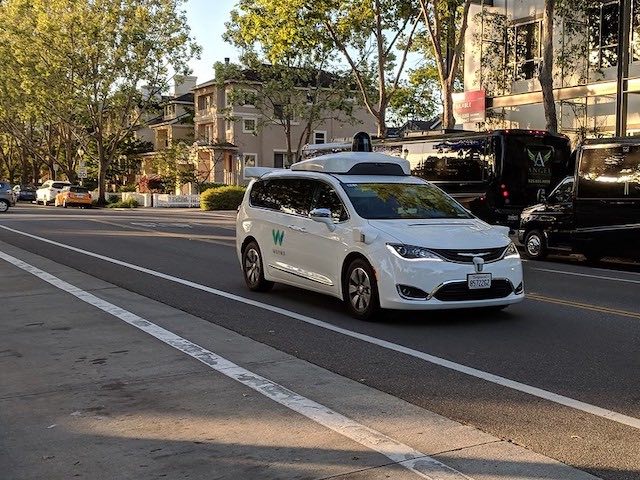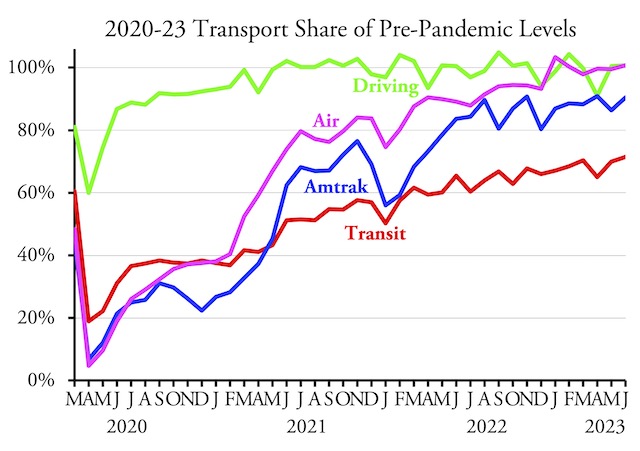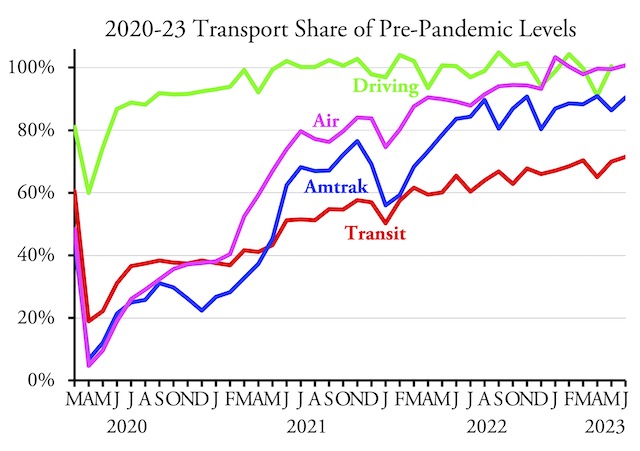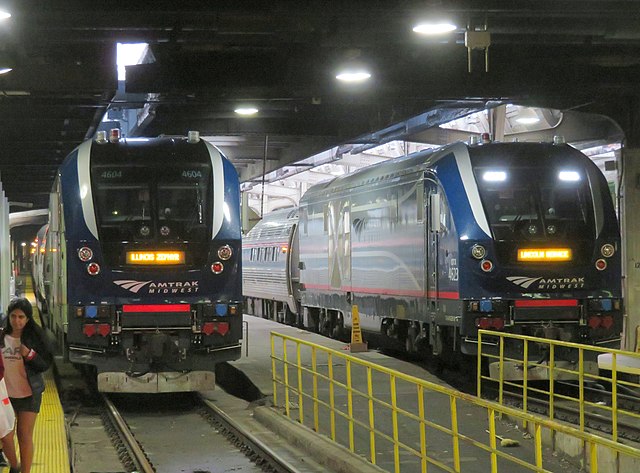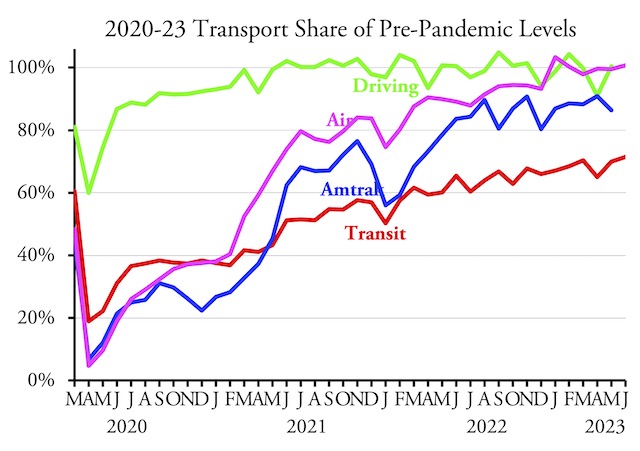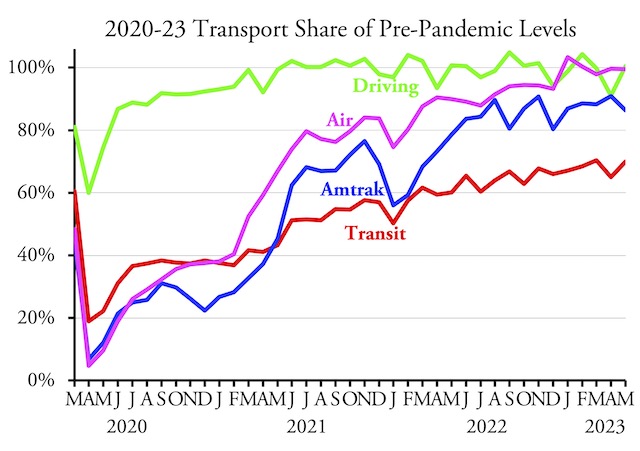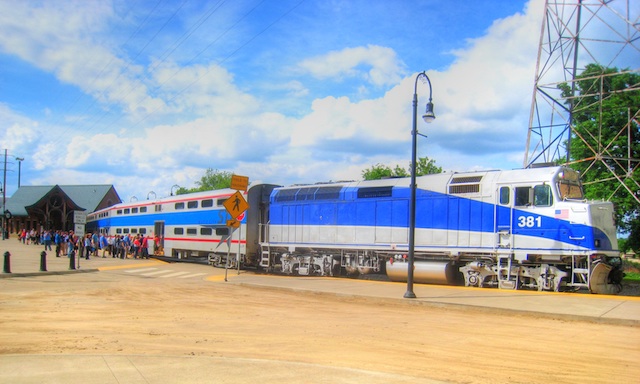Back in 2009, when I first suggested that urban transportation would soon be taken over by driverless cars, a friend of mine told me that he would never use a driverless car because “I get a testosterone thrill from having my hands on the wheel of a car.” I point out to him that, if cars drove themselves, we wouldn’t need open container laws and he and his girlfriend could make out in the back seat while the vehicle was in motion. His eyes bugged out and I knew I had won a convert.
What’s happening in the back of this van? Only the occupants and Waymo know for sure. Photo by Rob Pegaroro.
So I wasn’t surprised to read a report that “San Franciscans are having sex in robotaxis,” with some people doing it so often it is almost routine. Many of the vehicles have darkened windows that make it difficult to see inside, especially at night, creating a comfortable feeling of privacy. The travelers may not realize that Waymo and Cruise have cameras recording both outside and inside the vehicles, but the companies say no one looks at the videos unless there is some kind of an incident such as an accident. Continue reading

